Orchids, with their exquisite beauty, diverse forms, and alluring scent, exude an aura that captivates plant enthusiasts worldwide. They are some of the most coveted flowers, but navigating through the thousands of species available can be a challenging task.
That’s why we’re here to help! In this article, we have curated a list of orchid types that will make choosing your next plant a breeze.
Whether you are an experienced orchid enthusiast who wants to grow your collection or just someone looking for the perfect orchids to gift to a loved one, this list will introduce you to the finest orchids every collector should have.
Cattleya Orchids


Known as the queen of orchids, Cattleya is a genus of orchids with about 45 species, most of which are slow-growing perennials. They’re native to Central and South America but have grown popular around the world in the past years.
Cattleya orchids are epiphytic, meaning they grow by attaching themselves to another plant. They also have pseudobulbs, which are thickened, bulb-like structures that store water and nutrients.
They are loved for their large, colorful, and often fragrant flowers. The flowers come in a wide variety of colors, including white, yellow, pink, purple, and red.
Their petals are often broad and rounded with a ruffled edge. The flower’s lip or labellum is also often colored differently compared to the other petals.
Ideal Use: Since they’re called queen of orchids, Cattleya can make great gifts for mothers or grandmothers, the queens of our families.
Moth Orchids
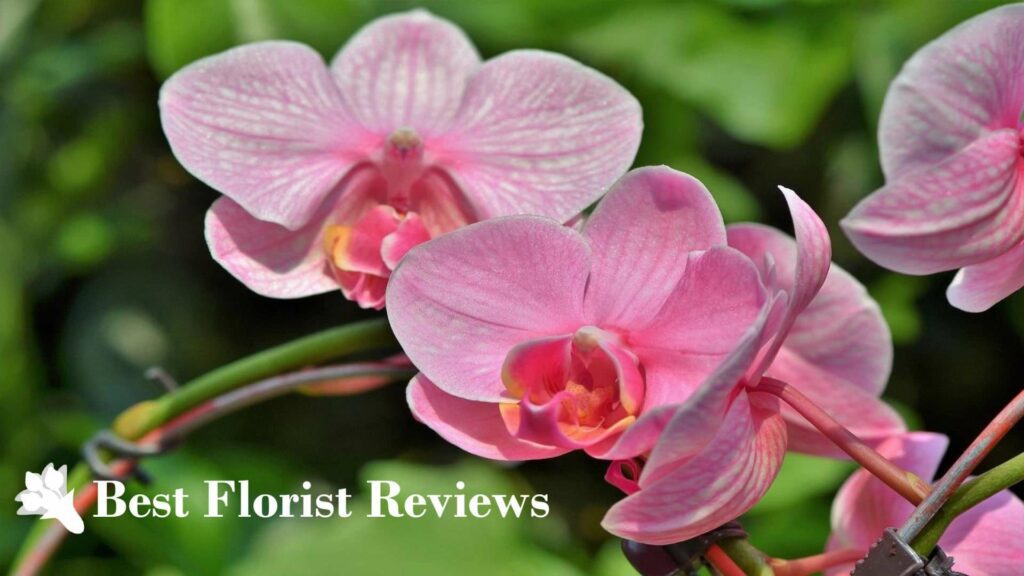

Phalaenopsis, commonly called moth orchids, is a genus of orchid plants in the Orchidaceae family. It has about 70 different species, most of which are native to Southeast Asia and Australia.
They are known and loved for arching stems that bear multiple flowers. The flowers have a moth-like shape, hence the common name “moth orchids.”
Each flower usually has three large, rounded petals and three smaller, often more narrow, sepals. The lip or labellum is usually broad and flat, allowing pollinators to land on them.
Depending on the variety and environmental conditions, they can bloom once or multiple times throughout the year. They also have a relatively long blooming period, with some flowers lasting several weeks to several months.
Ideal Use: Gift them to someone who just recently gained interest in orchids. They’re one of the easiest orchids to grow, so they’re perfect for first-time orchid owners.
Zygopetalum Orchids
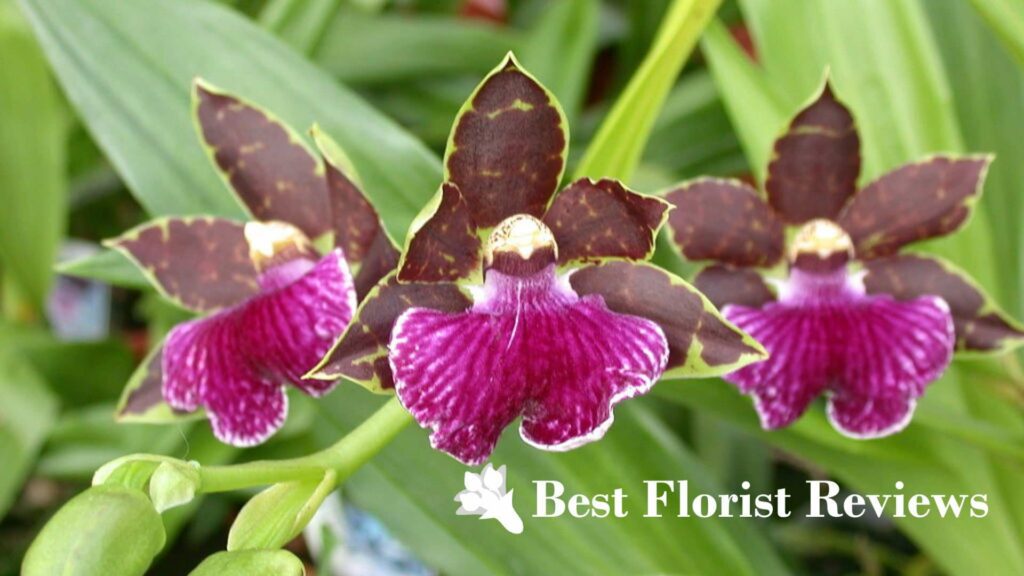

Native to Central and South America, Zygopetalum is a genus of perennial orchids. They’re one of the favorite types of orchids of homeowners because of their distinct and beautiful flowers as well as their delightful fragrance.
They usually have a distinctive shape, with a combination of broad, rounded petals and sepals. The labellum is often fringed or ruffled and has a contrasting color.
They also emit a sweet, floral scent with a hint of spice and cinnamon. This is a notable feature that can make any living space and garden extra magical.
Zygopetalum orchids prefer bright, indirect light, so it’s best to keep them in areas that receive filtered light or near an east-facing window. They can tolerate direct morning light, but the intense afternoon sunlight may be too much for them.
Ideal Use: Zygopetalum orchids are best for people who love scented plants. Their flowers have a strong fragrance that makes any plant owner happy.
Vanda Orchids
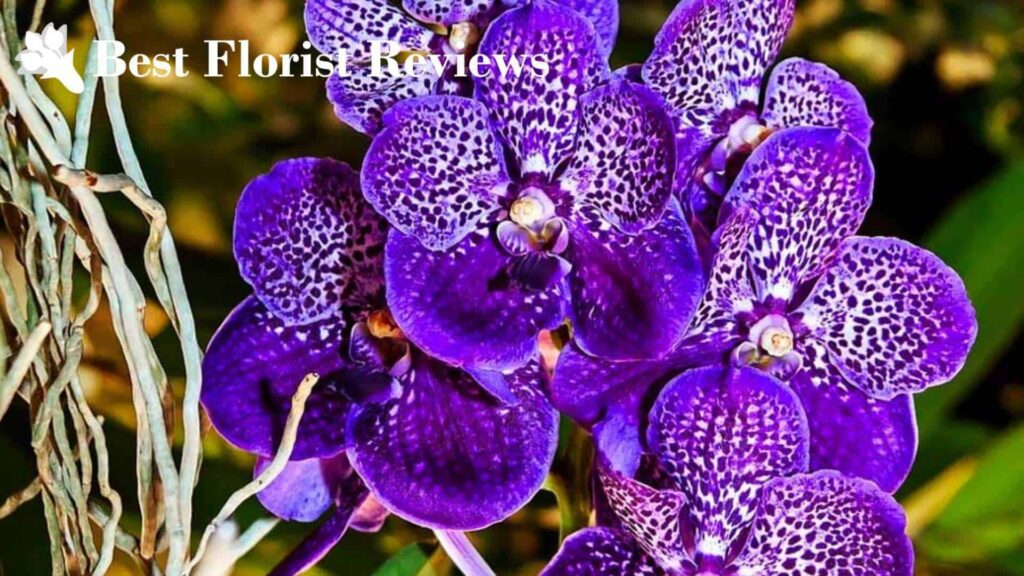

Another popular type of orchid is the Vanda orchid. There are about 87 different species in the genus, most of which are native to Southeast Asia.
Vanda orchids are prized for their impressive and large-sized flowers that come in a variety of colors. Some varieties are also multi-colored or have speckled patterns, adding to the flower’s ornamental value.
They can also bloom multiple times a year if provided with ideal growing conditions. Their flowers can last several weeks to a couple of months, making them perfect home decorations.
Just remember to always maintain high humidity in your home if you want to grow Vanda orchids. About 50% to 70% of humidity is ideal, so we highly encourage using humidifiers.
Ideal Use: Vanda orchids would make great gifts for families with toddlers. Since the orchid is best put in a hanging basket, it’s always out of reach for kids, unlike other orchids, lowering the chances of damage or accidental ingestion.
Vanilla Orchids
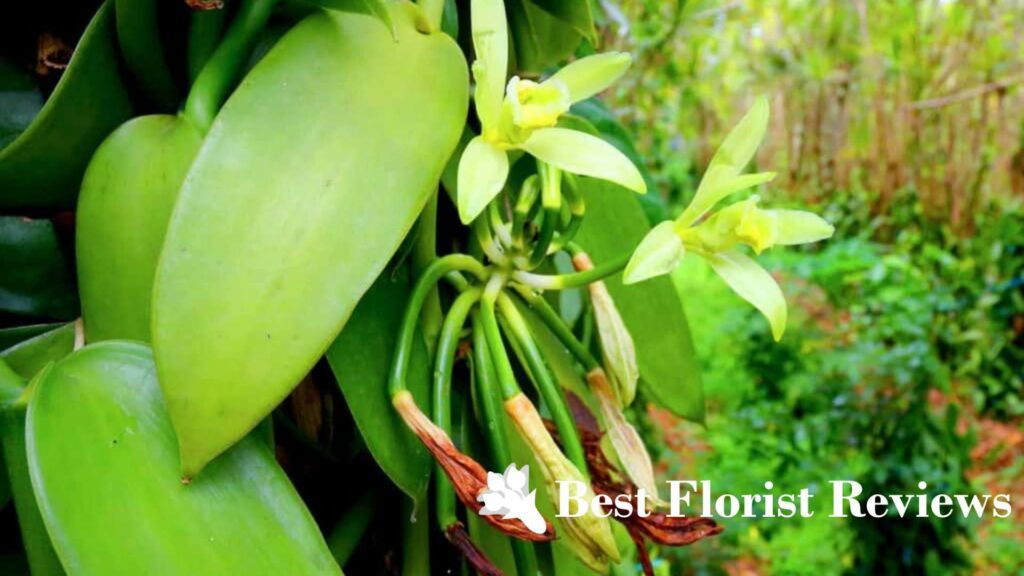

Vanilla is a genus of about 110 species of orchids. Its varieties, especially the flat-leaved vanilla, are cultivated for the vanilla flavoring derived from their seed pods.
The seed pods are elongated and cylindrical and can reach several inches in length. Inside them are tiny black seeds surrounded by a sticky substance that has a vanilla-like aroma.
These orchids have long, vining stems that can grow up to 10 feet tall, so it’s best to provide them with a support structure. They produce thick, succulent-like leaves, usually oblong or lanceolate in shape and arranged alternately along the vine.
They prefer medium, indirect light, but they can survive bright light. Just keep them away from direct sunlight, as it can cause significant damage to their leaves.
Ideal Use: The plant can be too big for small houses, so they’re recommended for people who have a big living space or garden.
Epidendrum Orchid
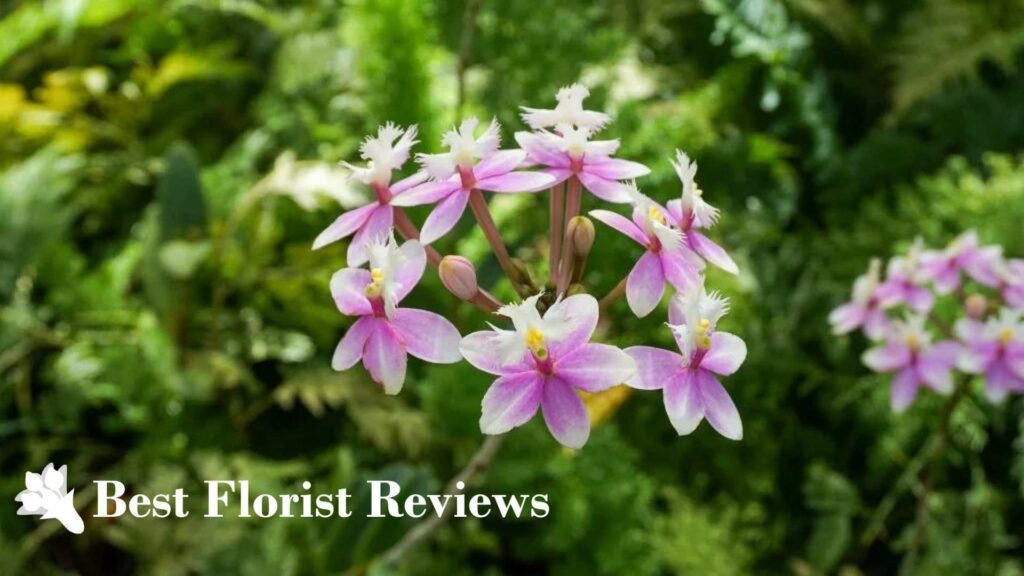

The Epidendrum genus has over 1,500 species, making it one of the largest genus of orchids. They are native to America, specifically the tropical regions like North Carolina, Argentina, and Florida.
The flowers usually grow in clusters on the stem, creating a beautiful display. The individual flowers may be small or medium-sized and may come in colors like red, pink, purple, orange, yellow, or white, depending on the species.
They require regular watering and fertilization, so they can be quite high maintenance. They usually need to be watered every week and fed with a well-balanced orchid fertilizer once a week or once every two weeks.
Despite that, they’re relatively easier to grow compared to other orchids. They can adapt to varying light levels, temperature fluctuations, and humidity levels and do not have overly specific or complex requirements besides regular watering and feeding.
Ideal Use: They make great gifts for housewarming parties. Their vibrant and attractive flowers can add personality to the house and they’re not stressful to grow.
Catasetum Orchid
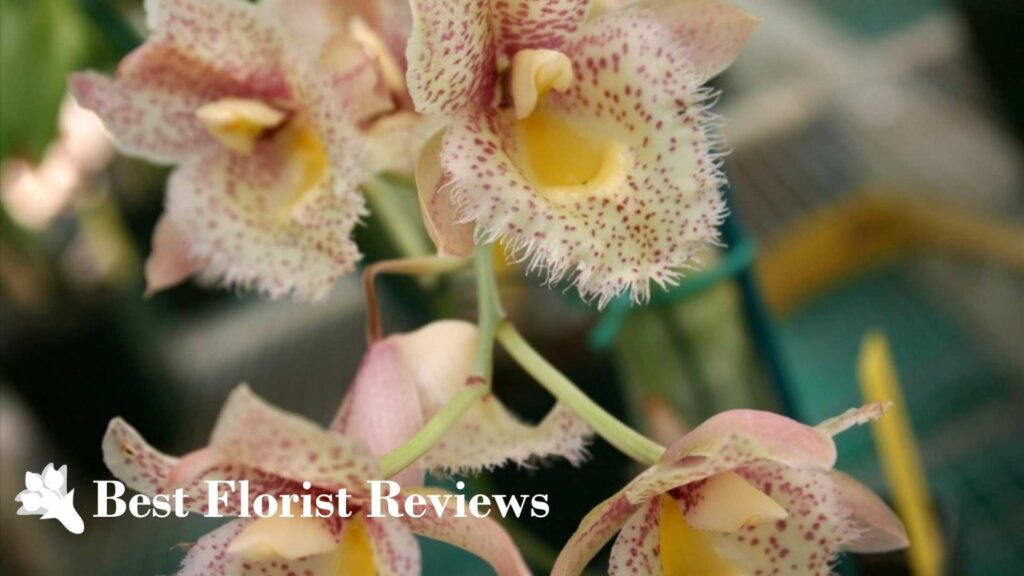

Catasetum is a genus of 166 species, many of which are native to Central and South America. Its orchids are popular in horticulture because of their distinctive flowers and unique reproductive behavior.
Male flowers are often more vibrant and have striking colors. They usually have a prominent, hood-like structure called the “galea” that covers the column.
Female flowers, on the other hand, are not as showy and have more subdued colors. They have a more open structure, allowing for easy access to the reproductive parts.
The flowers are designed to forcefully eject pollen masses called pollinia when an insect lands on them. This ensures effective pollination and increases the chances of cross-pollination.
Ideal Use: They’re best gifted to experienced orchid collectors. They can be challenging to grow, as they have specific care requirements and can be sensitive to environmental changes.



